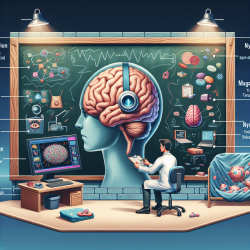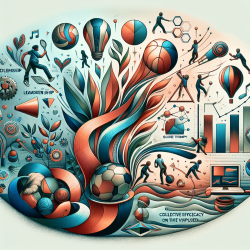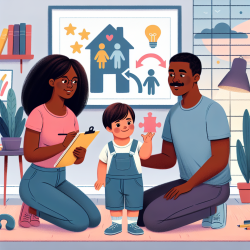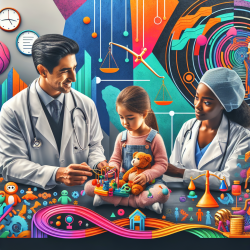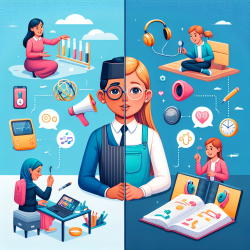As practitioners in the field of speech and language therapy, we are constantly seeking effective methods to enhance the language development of young children. The research presented in "Talking Together -- The Movie: A Guide to Speech and Language Development in Young Children (Videotape and Manual)" by Anne Gardner provides valuable insights that can be implemented in our practices to achieve better outcomes.
This 18-minute videotape, accompanied by a manual, offers a humorous, fun, and informative summary of how everyday interactions between adults and children lay the foundation for language development. The research highlights six key areas:
- How Children Learn Language
- Keep the Conversation Going
- Kids Need Someone to Talk To
- Bedtime Stories
- Concerns
- Summary
Within these areas, several techniques for stimulating language are demonstrated and discussed, including:
- Following the child's lead
- Turn-taking
- Parallel talk
- Self-talk
- Reflecting
- Expansion
These strategies are shown in everyday situations such as eating, dressing, play, and bedtime stories. The emphasis is on taking advantage of natural conversation opportunities throughout the day to encourage language development.
One of the key takeaways from the research is the importance of creating a language-rich environment. Practitioners can guide parents to use the following strategies:
- Following the Child's Lead: Encourage parents to pay attention to their child's interests and respond to them. This helps in keeping the child engaged and motivated to communicate.
- Turn-taking: Model turn-taking in conversations to teach children the rhythm of communication. This can be practiced during play or routine activities.
- Parallel Talk: Describe what the child is doing as they do it. This helps in providing a language model without putting pressure on the child to respond.
- Self-talk: Parents should narrate their own actions and thoughts. This exposes the child to new vocabulary and sentence structures.
- Reflecting: Repeat and expand on what the child says. This validates their communication efforts and provides a richer language model.
- Expansion: Add more information to the child's utterances to build their language skills. For example, if the child says "car," the parent can say "Yes, a big red car."
Additionally, the research underscores the importance of bedtime stories as a routine activity that can significantly boost language development. Practitioners should encourage parents to make storytelling a daily habit, using expressive reading and engaging the child in discussions about the story.
The videotape and manual also address common concerns parents might have about their child's language development, providing reassurance and practical advice. This makes the resource highly suitable for parents who are on waiting lists for therapy or those who want to support their child's language development at home.
Incorporating the outcomes of this research into practice can enhance the effectiveness of language intervention strategies. Practitioners are encouraged to share these techniques with parents and caregivers, empowering them to create a supportive language environment for their children.
For those interested in further research, the original research paper offers a comprehensive guide and can be accessed here: Talking Together -- The Movie: A Guide to Speech and Language Development in Young Children (Videotape and Manual).


